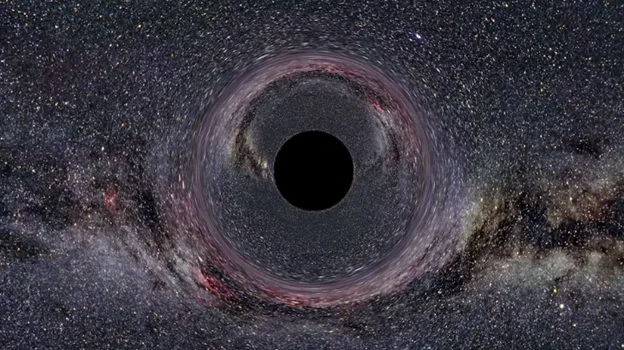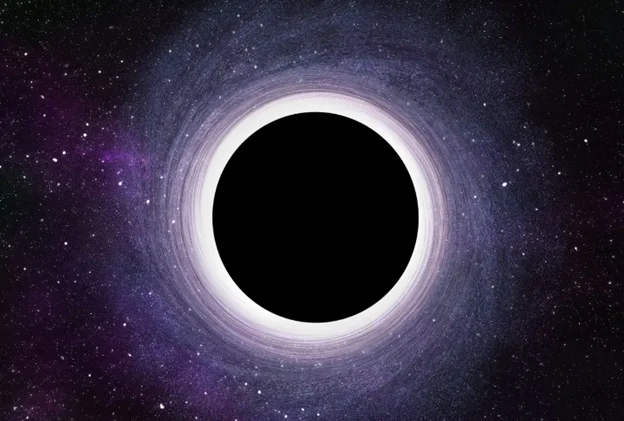Oldest Galaxy is optimistic. A team working on candles, one of Hubble’s most ambitious data projects peering at the far reaches of the cosmos, examined data from the Hubble Space Telescope in 2016. The team announced that further analysis of the galaxy GN-Z11 has revealed that it existed an estimated 13.4 billion years ago, just 400 million years after the big bang. At the time, this was the oldest known galaxy in the universe, as well as one of the most distant. Since then, teams working with the James Webb Space Telescope have just identified a few candidates that are likely further away. However, some of the hype surrounding gn-z11 has faded over time. This is not only remarkable because it can see further and find things that Hubble couldn’t, but it’s also useful for reexamining Hubble’s findings to provide a clearer picture and sharper data.

Took a Better Look at GN-Z11
That is exactly what a team of astronomers did in January 2024 when the James Webb Space Telescope took a better look at GN-Z11. But this time, what caught the researcher’s attention was the black hole at the center of the galaxy, which is now believed to be the oldest. The researchers noted that the black hole’s age in the observable universe isn’t surprising; they had already covered much of it a few years ago. However, what shocked them was the black hole’s unexpectedly large size, which didn’t align with its age. They noticed this due to the galaxy’s brightness surpassing their initial expectations. Initially, scientists assumed that the galaxy’s luminosity stemmed from the sheer number of stars, but further investigation revealed that hot gases swirling around the black hole are actually responsible for much of the light.

Universe Grew At a Faster Rate than Those Today
The stars radiate heat before they fall past the Event Horizon. What’s intriguing here is that this scale of stellar consumption isn’t what should have been happening relatively soon after the big bang. According to current models of black hole formation, if the one in GN-Z 11 grew at what is believed to be the standard rate, it would have taken about a billion years to reach its current size, not 400 million years. That we see it’s like seeing a young boy that you’re certain was only born 10 years ago but already looks like a grown man with a full beards it just doesn’t make sense. Something we think we know has to be wrong. This can mean a few things. Perhaps black holes in the early Universe grew at a faster rate than those today.
It’s possible that their initial size was larger, given the suggestion that some of them originated from the collapse of massive gas clouds. This could also imply that our time estimates for the galaxy in question or the universe as a whole are inaccurate. Regardless of the solution, these new discoveries only deepen the enigma surrounding black holes.
Dr. Abid Hussain Nawaz
Ph.D



